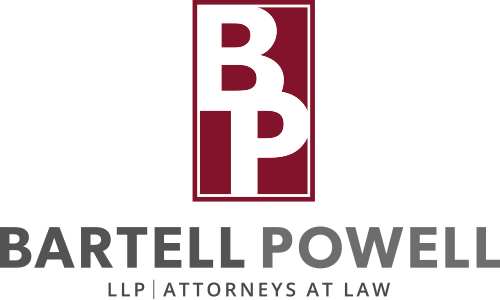Purdue University agricultural economist Michael Langemeier indicated yesterday at the farmdoc daily blog (“Impact of Lower Corn Prices on Feeding Cost of Gain and Cattle Finishing Net Returns“) that, “Both fed cattle and corn prices have dropped significantly during the last year. Specifically, since September 2015 fed cattle prices in Kansas have declined approximately 23 percent (from $137.35 to $106.07 per cwt), and corn prices have declined approximately 16 percent (from $3.88 to $3.25 per bushel). Using these prices, the fed cattle to corn price ratio has declined from 35.4 in September 2015 to 32.6 in September 2016. Lower corn prices along with a lower fed cattle to corn price ratio naturally lead to questions pertaining to the impact of corn price on feeding cost of gain and cattle finishing net returns, the topic of this article.”
After a detailed analysis, Dr. Langemeier pointed out that, “Cattle finishing net returns are sensitive to changes in feeding cost of gain and the feeder to fed cattle price ratio. Regression analysis was used to examine the relationship between these variables. Results are as follows: each $1 increase in feeding cost of gain results in a decrease in cattle finishing net returns of $1.99 per head, and each 1 percent increase in the feeder to fed cattle price ratio results in a decrease of $7.62 per head in cattle finishing net returns. Using relationships between corn prices, feeding cost of gain, and cattle finishing net returns; the $0.60 decline in corn prices during the last year, holding all else constant, resulted in an increase in cattle finishing net returns of approximately $12 per head.
“This article examined the impact of lower corn prices on feeding cost of gain and cattle finishing net returns. Each $0.10 decrease in corn price results in a decrease in feeding cost of gain of approximately $1. In turn, each $1 decrease in feeding cost of gain results in a $2 per head increase in cattle finishing net returns. Using these values, holding all else constant, the $0.60 drop in corn prices since last August has resulted in a $6 per cwt. decline in feeding cost of gain and a $12 per head increase in cattle finishing net returns. The impact of lower corn prices on cattle finishing net returns may seem small to some industry observers. It is important note that the impact of lower corn prices on cattle finishing net returns is dampened by the fact that lower corn prices typically increase feeder prices. These relatively higher feeder prices adversely impact cattle finishing net returns. In summary, lower corn prices are helpful, but, unfortunately, they are only going to partially stem the red ink anticipated in the next few months.”

